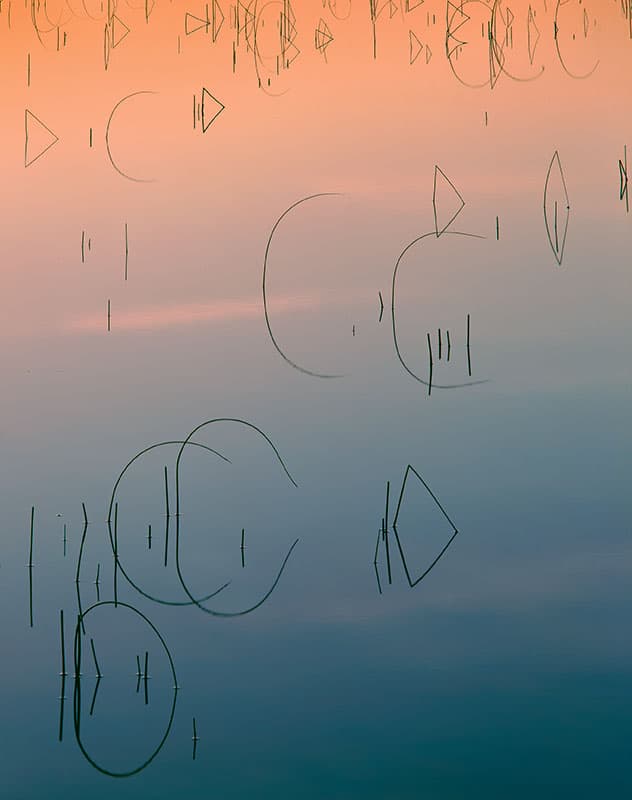Photo Insight with David Ward
 David Ward is one of the UK’s finest landscape photographers. With more than 20 years’ experience in large-format photography, he has photographed extensively throughout the UK and in countries such as Canada, Iceland, Norway and France. He has also led workshops for Light & Land. David has written two books on his photographic philosophy called Landscape Within and Landscape Beyond. Each month, he will discuss the story behind one of his fantastic landscape photographs
David Ward is one of the UK’s finest landscape photographers. With more than 20 years’ experience in large-format photography, he has photographed extensively throughout the UK and in countries such as Canada, Iceland, Norway and France. He has also led workshops for Light & Land. David has written two books on his photographic philosophy called Landscape Within and Landscape Beyond. Each month, he will discuss the story behind one of his fantastic landscape photographs
This image was taken in north-west Scotland, near Achnahaird. I had been down on the beach with a workshop group during the day and we were making our way back to the hotel as the sun was going down. As we drove, I spotted this lochan [a small loch] and the water was absolutely still, giving perfect reflections of the reeds poking out.
I saw the potential immediately, so I stopped the group and we all jumped out to take some photographs. Reflection shots have fascinated me for a long time. When I first started taking photographs I made a reflection shot of a rock, and it was such a good reflection that if I turned the transparency around it looked like the rock was hanging in the air. I was hooked from then on. I love the way that a reflection changes due to the light, sometimes making it perfect and sometimes leading to a distortion. The angle you shoot at can also have a similar effect.
I went straight across the heather right to the edge of the water to take my photo. It took me a long time to work out where I wanted to place the boundaries of the image, because if you move the camera a fraction of a degree in any direction you can change the whole picture. It took me 10-15 minutes to work out exactly what I wanted to photograph.
The decisions I made were based around getting the right balance of shapes. Composition is talked about a lot in terms of the set rules that are supposed to govern it, but I think it is about energy flow and balance, being similar to how painters view composition. It is about whether the image feels balanced in the frame, ensuring that nothing jars or drags you one way or the other, or even out of the frame. At the point I make a picture, I think a lot of my decisions are made subconsciously – I trust what feels right, rather than making conscious decisions about placement of things in the frame.
Over the course of the 20 minutes or so during which I was composing the shot, the light was gradually going down, as it was sunset. This meant that the shift from orange through to blue in the reflection shown in the final image was less intense than when I first arrived. However, I don’t mind that – I like the fact the colours are perhaps less powerful than they could have been.

I used my Linhof large-format 5×4 camera to take the photograph with a 400mm lens, which is the equivalent of a 135mm on a full-frame DSLR. I think it was probably quite a long exposure because it was sunset and I wanted reasonable depth of field to get all the reeds sharp. It may even have been as long as 4secs, which shows how still the water must have been. There are probably half a dozen days in the year when the water is that still in the Scottish Highlands!
Some photographers may have used a wider shot, including the far shore and the sky, to make it less abstract. For me, though, the abstract element is a really important part of the image. It makes it mysterious and it encourages you to look deeper into the photograph. If I had shot it as a wide view, it would have been more obvious what was going on and so easier to interpret. It would also have had a shorter life in terms of people’s interest in the picture.
David Ward was talking to Jon Severs
To see more of David’s images or to book a place on one of his workshops, visit www.into-the-light.com








